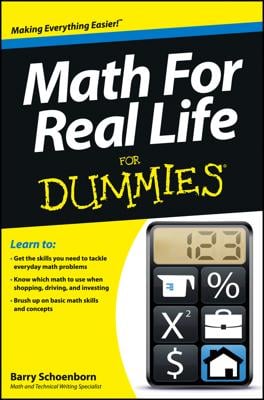When two numbers are different in value, a variety of symbols are used to turn them into an inequality. The four most common inequalities in arithmetic are:
Greater than (>) means that the first number or expression is greater than the second:
5 > 4
1,000 > 100
2 > –2
Less than (<) means that the first number or expression is less than the second:
7 < 9
1,776 < 1,777
–5 < 0
Doesn’t equal (≠) means that the two numbers or expressions aren’t equal:
2 ≠ 3
3 ≠ 2
–17 ≠ 17
Approximately equals (≈) means that the two numbers or expressions are close in value:
999 ≈ 1,000
14.001 ≈ 14
1,000,823 ≈ 1,000,000

